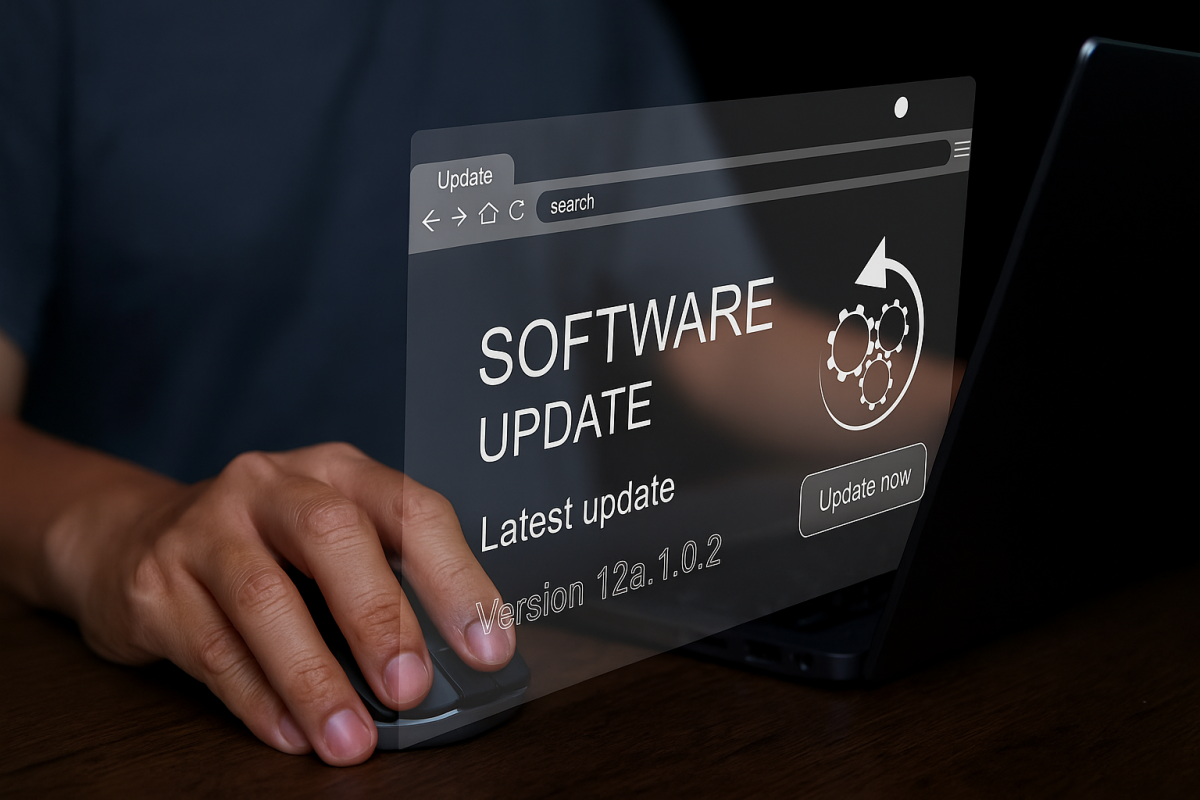

A Guide to Implementing Effective IT Disaster Recovery Plans for Chicagoland Businesses
In Chicagoland, where unpredictable weather mirrors the unstable cybersecurity landscape, businesses encounter a unique set of challenges that can disrupt operations and compromise data integrity. Threats ranging from cyber invasions to equipment malfunctions and even natural disasters call for robust IT disaster recovery plans. A study by SCORE highlighted a stark reality: 75% of companies lacking a Business Continuity Plan (BCP) fail within three years after a disaster, further emphasizing this need.
This article delves into the critical steps for creating effective disaster recovery strategies, ensuring that Chicagoland businesses remain resilient in the face of adversity.
Understanding Risks
The first step in creating a disaster recovery plan is recognizing the internal and external risks your business may face, such as outdated tech and cybersecurity weaknesses. Moreover, you shouldn’t overlook the impact of factors outside your control since about two-thirds of small and medium-sized businesses (SMBs) affected by major disasters like fires, floods, hurricanes, or tornadoes cease to exist a year later.
For businesses in Chicagoland, which serves as a central hub for various critical sectors like business, manufacturing, finance, healthcare, technology, and governance, there’s a heightened risk of both cyberattacks and natural disasters that could lead to significant downtime.
Assessment and Planning
Once you’ve got a handle on the risks, your next move should be a deep-dive assessment of your business’s vital functions and the tech backbone that props them up. During this stage, you’ll need to pinpoint pivotal data, applications, and services that drive your daily tasks while grasping their interconnected nature.
With this information, you’ll need to rank resources based on their importance and craft a recovery plan with step-by-step actions for every stage of any potential disaster. This blueprint needs to break down who does what – so everyone in the team knows their role in case of an emergency.
Data Backup Strategies
A solid IT disaster recovery plan hinges on a solid data backup strategy including both on-site backups for quick recovery from minor issues and off-site cloud backups for major incidents. Keeping these backups updated and ensuring they are encrypted and secured is key to a solid disaster recovery plan.
It’s crucial not to overlook the significance of immutable backups – a method in which the stored data remains unaltered and undeletable for an established time frame. This importance was emphasized in a 2022 study that found 97% of ransomware attacks attempted to compromise backup repositories.
Communication Plans
In a business environment where you’ve got employees, customers, and stakeholders hanging on every word – especially in bustling Chicagoland with thousands of people involved – having a well-defined communication plan is essential for a smooth recovery. You’ll want to leverage multiple communication channels, such as email, text messages, and social media, to disseminate information quickly and efficiently.
Regular Testing and Updates
To ensure your disaster recovery plan isn’t just a nice-to-have but is actually useful in case of an emergency, you need to test it out. Drill it with simulated disaster scenarios to spot any weak links and find ways to buff them up. This is not a one-and-done deal either; make this an annual event or get on top of this anytime there are significant changes in the IT scene or business operations.
And don’t let your plan collect dust. Keep refreshing it so that new tech developments, evolving business methods, and emerging threats are all accounted for.
Conclusion: Business Continuity with Disaster Planning
In the realm of Chicago’s thriving business environment, formulating an efficient IT disaster recovery strategy goes beyond merely protecting data and technology. It’s about guaranteeing uninterrupted business operations despite unexpected incidents. This involves identifying risks, thorough assessments, strategic planning, robust data backup, clear communication strategies, and regular updates to the recovery plan.
For assistance in developing a disaster recovery plan, consider reaching out to LeadingIT for expert guidance.
LeadingIT is a cyber-resilient technology and cybersecurity support provider. With our concierge support model, we provide customized solutions to meet the unique needs of nonprofits, schools, manufacturers, accounting firms, government agencies, and law offices with 20-200 employees in the Chicagoland area. Our team of experts solves the unsolvable while helping our clients leverage technology to achieve their business goals, ensuring the highest level of security and reliability.


